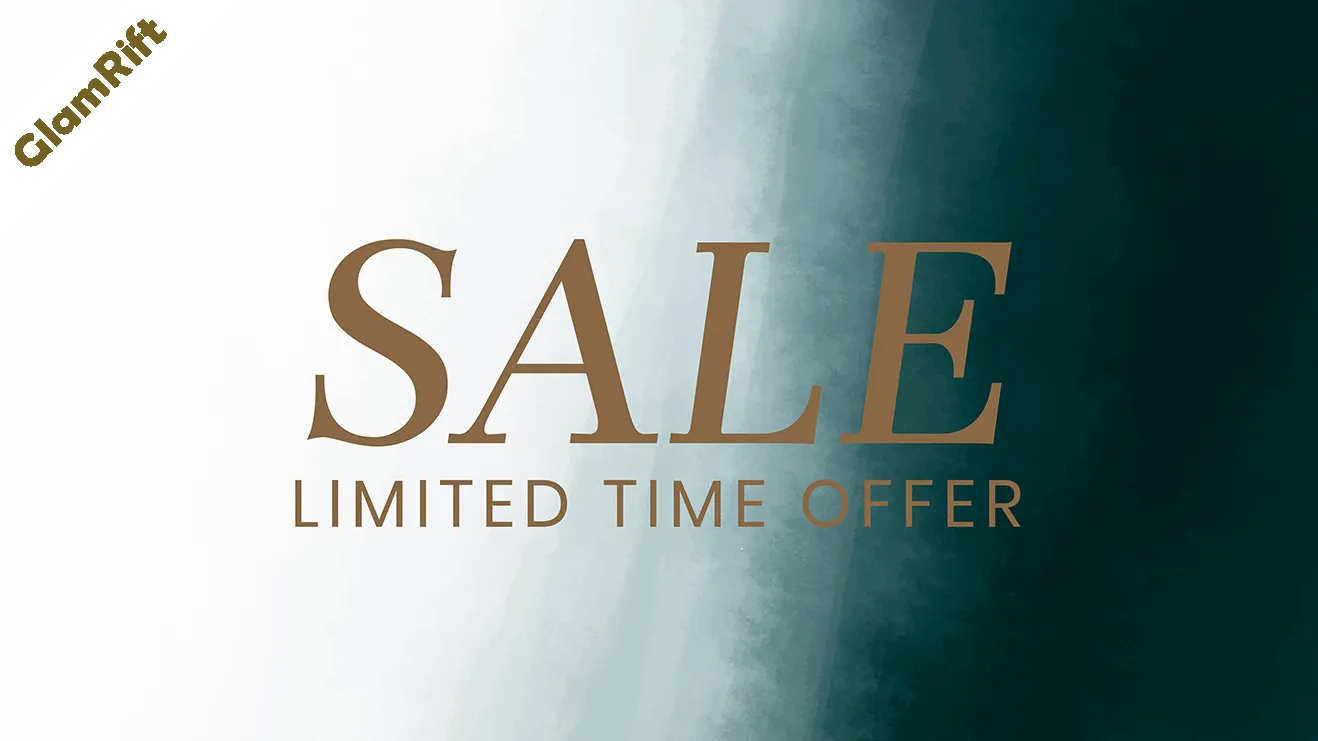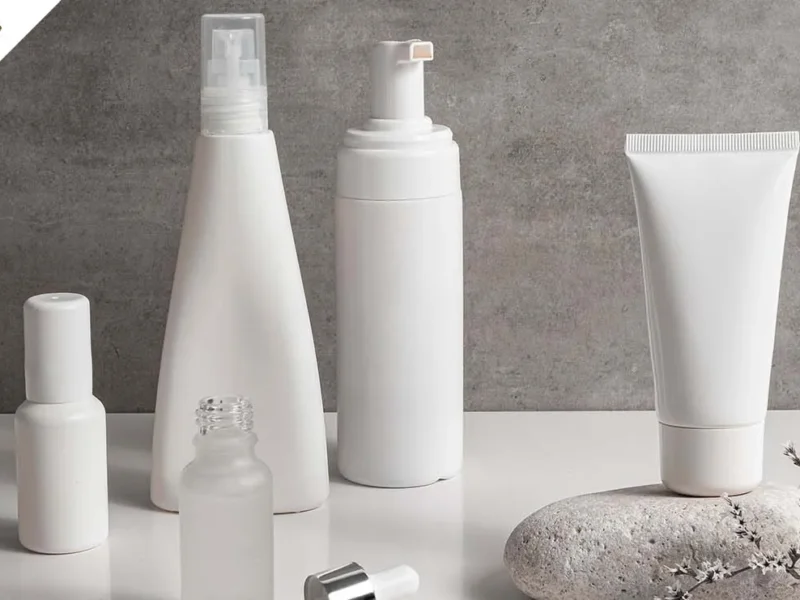You want timeless pieces without full-retail shock, and Vintage Luxury Deals deliver—if you know where to look and how to judge what lasts. Certain eras and houses hold value, but condition and authenticity can make or break a find. You’ll need to decode stamps, serials, and grading, then shop smart across platforms and sales. Price benchmarks matter, as do restoration choices. Build a core capsule and protect it well, because the right choices pay off—if you know what’s next.
Key Takeaways from Vintage Luxury Deals
Shop curated resale platforms and auction houses for authenticated Vintage Luxury Deals at below retail, with clear photos and expert cataloging. Target eras with strong value retention—mid-century couture, 70s equestrian, 90s minimalism, early-2000s logos—to find discounted yet investment-worthy pieces.
Inspect materials, stamps, serials, and interior tags; request condition grades and verification to avoid costly mistakes. Factor restoration costs; skip items needing structural repairs or fixes exceeding 40–50% of market value. Use estate sales and consignment shops to uncover Vintage Luxury Deals; arrive early with a flashlight and magnifier to spot underpriced gems.
Why Certain Eras and Houses Hold Their Value
Although trends cycle, certain eras and maisons hold their value because they marry craftsmanship, scarcity, and cultural relevance. When you hunt for Vintage Luxury Deals, you’re buying more than a name; you’re investing in periods when design leadership, materials, and production standards peaked. Think mid-century couture, 70s equestrian codes, 90s minimalism, or early-2000s logo waves—each reflects a distinct cultural moment that collectors chase.
Houses with coherent heritage and consistent creative direction age better. Tracking Vintage Luxury Deals that feature archival motifs, limited runs, discontinued colors, or collaborative capsules ensures your pieces look timely, not dated. Follow provenance, historical context, and runway alignment across decades. Pieces embodying a maison’s signature silhouette or breakthrough technique resist depreciation and often outperform contemporary retail.
How to Authenticate: Materials, Stamps, and Serial Numbers
Before you chase a Vintage Luxury Deal, learn the anatomy of authenticity: materials, markings, and numbers must align with a maison’s era-specific standards. Start with materials. Vintage calfskin, box leather, and exotic skins age in specific ways; grain, sheen, and patina shouldn’t feel plastic or overly uniform. Hardware should be weighty, not hollow, with crisp plating and period-correct tones.
Next, inspect stamps. Logos, fonts, spacing, and heat-emboss depth vary by decade. Country-of-origin marks and maker’s stamps should match known timelines. Misaligned letters, fuzzy edges, or off-center crests signal trouble.
Finally, verify serials. Cross-check format, length, and placement against brand archives and trusted databases. Compare interior tags, holograms, and date codes to the label’s historical scheme. When in doubt, seek third-party authentication—this is key when hunting for authentic Vintage Luxury Deals.
Decoding Condition Grades and What They Really Mean
Even when the price is right, condition grades can mislead if you don’t know what each label actually covers. “Pristine,” “Excellent,” “Very Good,” and “Good” aren’t universal; marketplaces and resellers define them differently. Read the grading rubric, not just the headline. You’re looking for clarity on hardware wear, corner scuffs, glazing cracks, interior stains, odors, and whether repairs were done.
- Pristine: unused or like-new, complete packaging, no visible wear.
- Excellent: minimal wear under close inspection.
- Very Good: noticeable wear that doesn’t affect function.
- Good: obvious wear; still usable.
| Grade label | What you should verify |
|---|---|
| Pristine/Like New | Original packaging, stickers, no odors |
| Excellent | Hairline scratches, faint rubbing, tight stitching |
| Very Good/Good | Corner wear, lining marks, hardware plating loss |
Ask for daylight photos, macro shots, and movement videos for watches.
Where to Shop: Resale Platforms, Auction Houses, and Estate Sales
While the hunt spans apps, auction rooms, and IRL treasure troves, each channel suits a different risk tolerance and budget. On curated resale platforms, you’ll find authentication, clear photos, and return policies—perfect for scoring vetted Vintage Luxury Deals. They’re ideal when you want searchable filters by brand, era, or material. Peer-to-peer marketplaces offer broader selection and lower fees, but you must scrutinize listings, ask for serials, and verify provenance to ensure authentic Vintage Luxury Deals.
Auction houses deliver rare pieces and expert cataloging. You’ll preview lots, read condition reports, and register to bid live or online. Factor in buyer’s premiums and pickup logistics before committing. Estate sales and consignment shops reward early arrivals and local knowledge. Bring a flashlight, tape measure, and magnifier.
For more expert guidance on buying authenticated luxury vintage online, check out The RealReal’s Authenticity Guide.
Pricing Benchmarks and Negotiation Tactics
Though prices can feel opaque, you can anchor your bids by building a quick comp stack: note recent sale prices on identical or near-identical pieces across two to three channels (curated resale, peer-to-peer, and auction results), then adjust for condition, completeness (box, papers, dust bag), size/color desirability, and timing.
Translate comps into a target range: set a walk-away price (your ceiling) and an opening offer 15–25% lower, unless the market’s thin.
When messaging sellers, reference specific comps and your adjustments; keep it cordial, brief, and actionable.
Bundle items or suggest fee-saving options to unlock room.
Ask for a small courtesy discount for immediate payment.
If an auction, place a firm max bid and avoid incremental chasing.
Be patient; relist cycles often soften asks.
Smart Restoration vs. Red Flags That Kill Value
You’ve sized up construction; now decide what’s worth fixing and what tanks value. Clean, condition, and re-dye leather lightly; replace missing buttons with period-correct ones; resew seams; block knits; polish hardware; and resole quality shoes using original welt patterns. These reversible, sympathetic restorations preserve provenance and boost wearability, making your Vintage Luxury Deals last longer.
Skip projects with structural rot: dry-rotted leather, moth-eaten cashmere with scattered holes, deep water damage, mold, or pervasive smoke odor. Walk away from altered silhouettes you can’t reverse—aggressively shortened hems, chopped jackets, over-skimmed waists, or widened shoulders. Avoid over-restoration: bright modern zippers, mismatched thread, heavy recoloring that obscures patina, or replating logos. Demand maker marks, serials, and coherent dating; inconsistent stamps or “too new” linings hint at parts swaps. When repair costs exceed 40–50% of market value, pass on the piece, even if it’s listed among other Vintage Luxury Deals.
For curated fashion, beauty, and jewelry freebies that complement your finds, check out our Freebies & Deals Collection.
Building a Core Capsule: Blazers, Scarves, Bags, and Timepieces
While trends churn, a lean capsule of vintage icons does the heavy lifting, and scoring Vintage Luxury Deals makes it accessible: a structured blazer, a silk scarf, a versatile bag, and a reliable timepiece. Start with the blazer: seek sharp shoulders, quality wool, and a waist that frames your shape. Favor navy, charcoal, or camel; they anchor everything.
Add a silk scarf for color, print, and polish. You can knot it at your neck, thread it through belt loops, or wrap a handle for instant elevation. Choose a bag with clean lines and sturdy hardware—another smart Vintage Luxury Deal if you find one. Medium size, neutral shade, and top handle or crossbody options maximize mileage.
Finish with a timepiece that blends patina and precision. Stainless steel or gold-tone, legible dial, slim profile—you’ll wear it daily and everywhere.
Care, Storage, and Insurance for Long-Term Preservation
With your capsule set, protect its value so it lasts—especially pieces sourced from Vintage Luxury Deals. Clean items before storing: brush blazers, air scarves, wipe bags, and gently polish watch cases—never dials. Use pH-neutral cleansers and soft cloths. Condition leather sparingly every six months.
Store in a cool, dry, dark place. Keep blazers on wide hangers with breathable covers; fold knits with tissue. For bags, stuff with acid-free paper, stand upright, and separate hardware with felt. Avoid plastic; choose cotton dust bags. Maintain 40–50% humidity and stable temperatures. Rotate wear to prevent stress points.
Service mechanical watches every 3–5 years; document serials, appraisals, and repairs. Photograph each item, particularly those bought as Vintage Luxury Deals, and add a scheduled personal property rider to your homeowner’s or renter’s policy. Confirm coverage for loss, theft, transit, and worldwide use.
Sustainable Style: The Environmental Case for Vintage Luxury
Even before the price tag or pedigree, vintage luxury shines because it shrinks fashion’s footprint. You skip the carbon-heavy cycle of new production, extend a garment’s useful life, and keep heirloom materials in circulation. Instead of fueling take-make-waste, you steward craftsmanship already paid for in labor, water, and energy. You also avoid micro-trend churn that sends near-new pieces to landfills.
Here’s what your choice looks like:
- You rescue a silk dress, preventing dyes and fibers from entering waterways and soil.
- You choose a pre-loved leather bag, sparing new hides and the chemicals in tanning.
- You wear a restored watch, avoiding mined metals and rare-earth extraction.
Shop authenticated resale, tailor for fit, repair proactively, and document provenance to protect value and planet.
Frequently Asked Questions
How Do Vintage Sizes Translate to Modern Fit Across Regions?
Vintage sizes usually run smaller; you should compare measurements, not tags. Convert UK/EU/US sizes carefully, account for vanity sizing, and check era-specific charts. Try garments or tailor. When buying online, verify shoulder, chest, waist, and rise.
Are Import Duties or CITES Restrictions an Issue for Exotic Materials?
Yes. You’ll face import duties and potential CITES restrictions on exotic materials like crocodile, python, ivory, or tortoiseshell. Check HS codes, CITES permits, export/import bans, and destination rules. Work with compliant sellers and plan processing time.
What Return Policies and Buyer Protections Should I Prioritize?
Prioritize no-questions-asked returns, prepaid labels, 30+ day windows, and full refunds including taxes and duties. Ensure authenticity guarantees, documented grading, tamper-evident packaging, and escrow or platform-backed payment protection. Verify responsive support, clear restocking fee policies, and dispute resolution timelines.
How Do I Document Provenance When Original Receipts Are Missing?
Gather seller statements, prior appraisals, service records, serial numbers, and dated photos. Cross-check against brand registries and archives. Request expert authentication letters. Record ownership chain, purchase locations, and timelines. Store scans and affidavits. Maintain a secure, searchable dossier.
Which Vintage Pieces Appreciate Fastest During Economic Downturns?
Blue-chip vintage Rolex sports watches, Hermès Birkin/Kelly bags, and iconic Chanel flap bags tend to appreciate fastest in downturns. You’ll prioritize pristine condition, rare references, complete sets, and proven authenticity. Avoid overhyped trends; buy timeless, supply-constrained pieces.
Conclusion
You’re ready to hunt smarter. Seek eras and maisons that hold value, authenticate every detail, and read condition grades like a pro. Shop trusted platforms, bid strategically, and negotiate with comparable sales. Restore only what preserves integrity, then build a capsule of enduring blazers, scarves, bags, and timepieces. Store, insure, and maintain for longevity—and remember the planet benefits, too. With patience and precision, you’ll curate a collection that elevates your style and outperforms fleeting trends.



